The school year has started in many countries. Kids are at school, and moms can dedicate more time to sewing clothes using the patterns from the newest Vikisews collections or just relax and read this blog post while drinking a cozy cup of tea. Today, we’re here to tell you the history of school uniforms – your kids might also be interested! Keel scrolling!

Britain is considered to be the motherland of the school uniform. It first appeared in Christ’s Hospital in the 16th century. It was a school for children from low-income families; it introduced a Tudor-style uniform including a blue coat, a pleated skirt for girls, and breeches for boys. The most interesting detail of this uniform was the yellow socks. Some say the main color blue was chosen as it was supposed to positively influence the students’ behavior. However, the real reason could be the supposedly low price of the blue fabric – beauty and philosophy most likely weren’t the top priority for the uniform designers.

Does the Christ’s Hospital’s uniform look the same today? Almost, yes. The only thing that has changed is that today it’s an elite school – but the students still wear blue coats and yellow socks. When we look at the photos, we can’t help but think that kids come back to this school after the summer vacation on a train that leaves from the 9 ¾ platform.

While in Europe school uniforms were introduced primarily for the kids from low-income families, in the Russian Empire, on the contrary, they were a sign of high class as only the wealthy families could afford to send their children to school. School uniforms in general appeared there later, in 1834 when Nicholas I made uniforms mandatory for all government-funded institutions. This reform applied to school and university students as well – they had to wear outfits resembling the Guard's uniform, which included blue jackets and coats with red collars. When girls were permitted to attend school, they had to wear brown dresses and black aprons.

If we head East, Japan is the first country that comes to mind during the school uniform discussion.
The school uniform was first introduced in the private school Gakushuin for nobility in 1879. This school trained future officers, and that’s why boys had to wear sleek jackets with stand collars, trousers, and student caps. The number looked like a European military uniform. Later the uniform was introduced to students of the universities, which were very elite back then, and then transferred to high and middle schools. During the Meiji period, European-style clothes were a sign of wealth and progressive views, so the school uniforms would tell a lot about the status of a student’s family.
In 1900, the uniform for girls’ schools included hakama pants that resembled a long skirt.
In the mid-20th century, education in Japan had become more accessible, and school uniforms changed and started looking more like everyday clothes. For example, formal-looking jackets were replaced by office-style blazers. Since the late 1980s, the design has changed a lot, and most of the schools have their own uniforms. In general, the preppy style is in vogue now, and it is widely accepted in Japan.

Today, many designers create collections addressing school aesthetics. They create preppy outfits and get inspired by the prestigious school uniforms and the style of American students.
Thom Browne made these school uniform vibes a part of his brand’s DNA. And Miu Miu, which is extremely popular now, has been playing with the theme for quite some time, too, as seen in the latest collections.

Of course, cinema played a huge role in romanticizing the school aesthetics. Iconic looks from “Clueless” and “Gossip Girl” as well as the fresher ones from “Sex Education” and “Elite” work as a priceless reference to many of today’s influencer street appearances.
Have a fun weekend!
More exciting stories from the fashion world are here:
Jane Birkin, free nipples, and a wicker basket




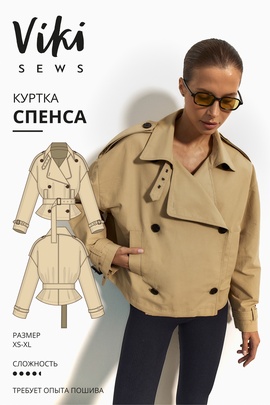
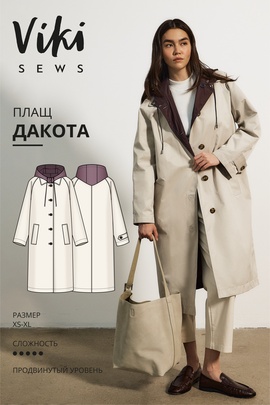
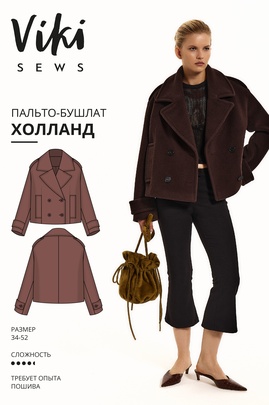
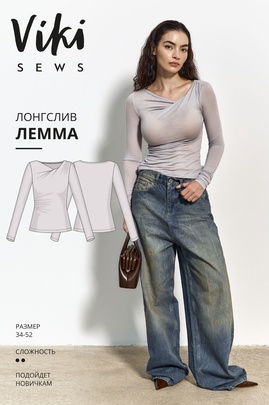
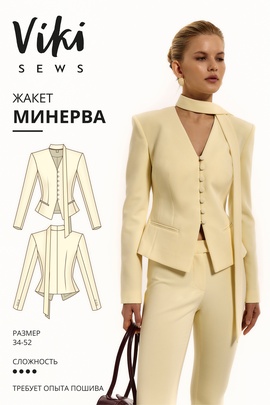
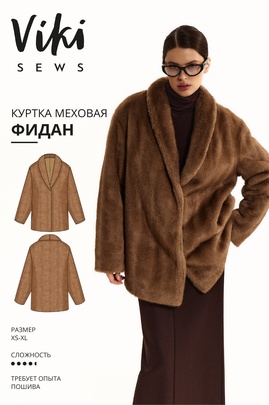
Здесь пока нет комментариев